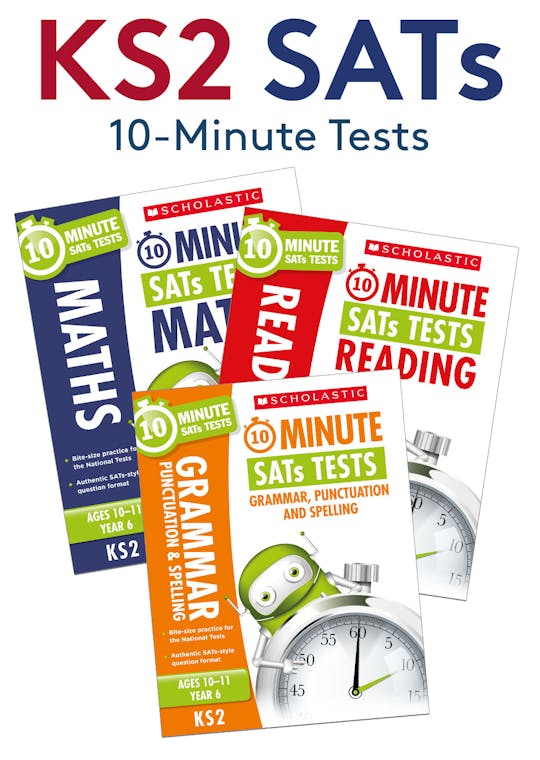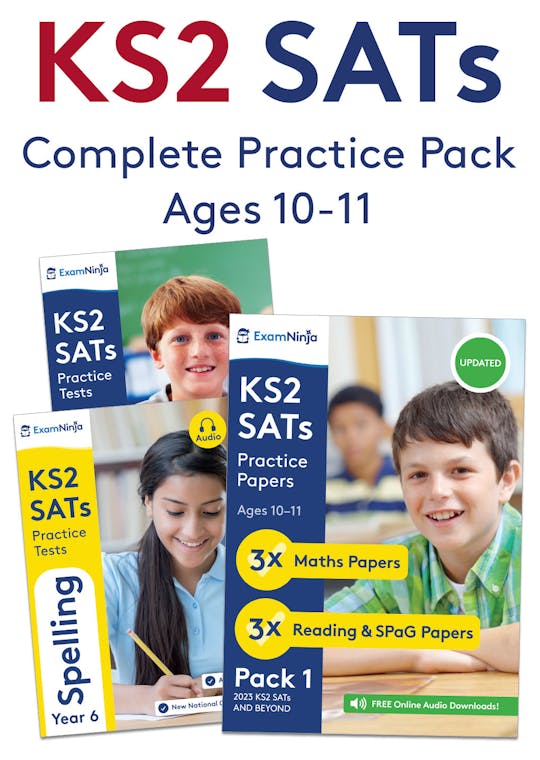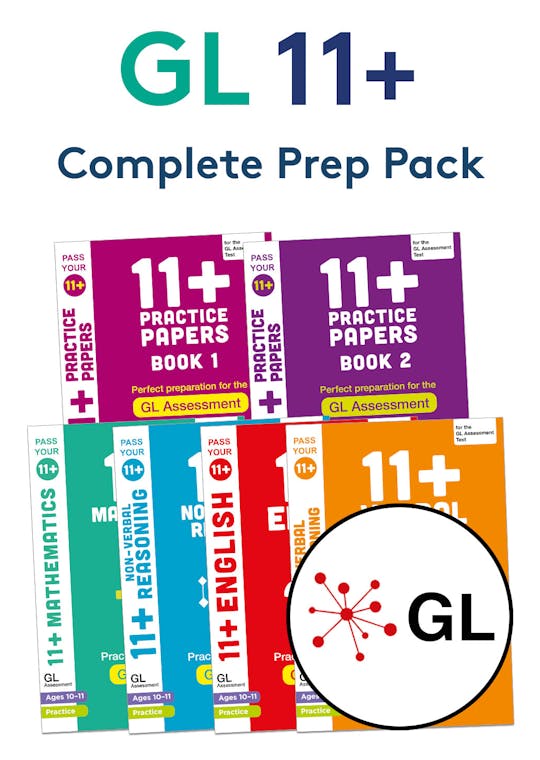What is a cube number?
A cube number is the product of a number which has been multiplied by itself three times.
For example, 64 and 125 are both cube numbers because they are the result of multiplying 4 × 4 × 4 and 5 × 5 × 5, respectively.
| Cube Number | Calculation |
|---|---|
| 64 | 4 × 4 × 4 |
| 125 | 5 × 5 × 5 |
Why is it called a 'cube number'?
These numbers are named cube numbers because, in visual representations, all cube numbers can form a cube.
| Cube number | Visual representation |
|---|---|
| 8 |  |
| 27 |  |
| 64 |  |
| 125 |  |
How do I cube a number?
When a number is 'cubed' it is simply multiplied by itself three times.
In calculations, numbers to be cubed are written using the cubed symbol or cubed notation, a small 3 placed next to the number to be cubed.
The table below shows several examples:
| Cubed Notation | Calculation | Cube Number |
|---|---|---|
| 43 | 4 × 4 × 4 | 64 |
| 63 | 6 × 6 × 6 | 216 |
| 83 | 8 × 8 × 8 | 512 |
| 103 | 10 × 10 × 10 | 1,000 |
Recommended Products
What are the first 12 cube numbers?
Below is a cube numbers list up to 1,728:
| 13 | 23 | 33 | 43 | 53 | 63 | 73 | 83 | 93 | 103 | 113 | 123 |
|---|---|---|---|---|---|---|---|---|---|---|---|
| 1 | 8 | 27 | 64 | 125 | 216 | 343 | 512 | 729 | 1,000 | 1,331 | 1,728 |
Children should be able to calculate cube numbers using their times tables and (if required) short or long multiplication.
All cube numbers from 1 – 10,000
There are 21 cube numbers between 1 and 10,000:
| 1 | 343 | 2,197 | 6,859 |
| 8 | 512 | 2,744 | 8,000 |
| 27 | 729 | 3,375 | 9,261 |
| 64 | 1,000 | 4,096 | |
| 125 | 1,331 | 4,913 | |
| 216 | 1,728 | 5,832 |
Why do children need to know about cube numbers?
Knowledge of cube numbers is beneficial in other mathematics topics, such as calculating the volumes of solid shapes such as cubes, pyramids and cylinders.
When do children learn about cube numbers?
The National Curriculum requires children to begin learning about cube numbers as part of their multiplication and division topic in Year 5. Children will then continue to build upon this in Year 6 and learn to apply it to help solve problems involving volumes.
Key Points
- Cube numbers are the result of multiplying a number by itself three times.
- The cubed symbol is a small '3', e.g. 73.
- To cube a number simply multiply it by itself three times.
- Cube numbers form a cube in visual representations.





